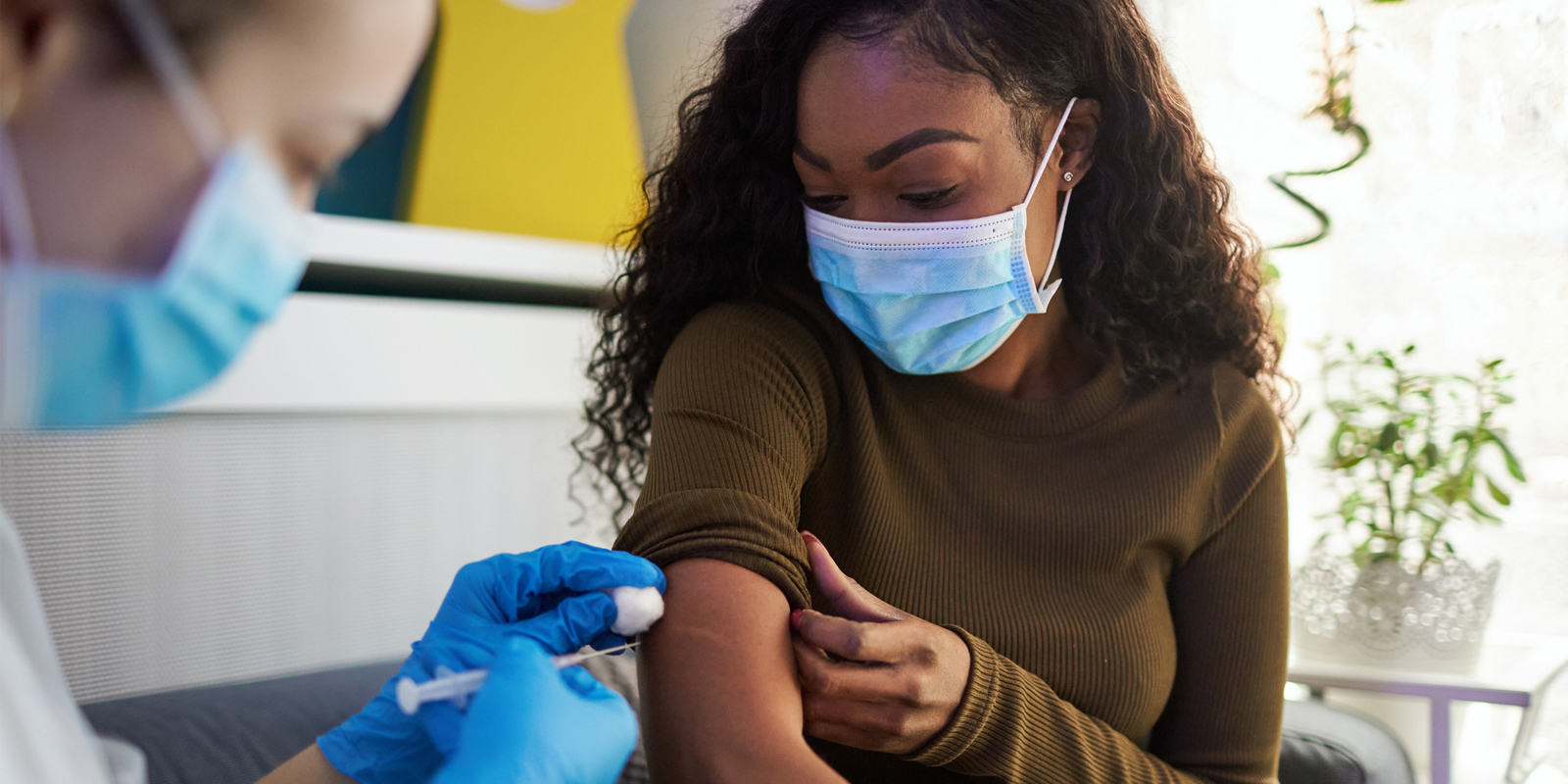Five Things to Know About the Biden OSHA Vaccine Mandate

Large employers are anxiously awaiting new details to clarify the White House’s announced plan to make tens of millions of private-sector workers get vaccinated or submit to weekly COVID-19 testing.
The Biden Administration has tasked the Department of Labor’s Occupational Safety and Health Administration (OSHA) with emergency rulemaking that will compel companies with 100 or more employees to require staff to be vaccinated or tested weekly and to give paid time off to get inoculated.
Employers that fail to comply with the OSHA vaccine mandate could face fines of nearly $14,000 per violation, according to senior officials.
Some private-sector employers have already implemented vaccine mandate policies, while others are holding off pending official rules from OSHA. But even executives in ‘wait-and-see’ mode are engaged in preliminary planning as many expect they will be required to collect and maintain records on employee vaccine status.
Here are five things to know about the OSHA vaccine mandate along with some tips to prepare for the regulation.
No Clear Date for Issuance of Mandate Rules
As of this writing, OSHA has not offered a specific timeline for the rollout of the new requirements, but news outlets report that the initial text of the rule has been submitted to the White House for review, causing speculation that release could be imminent. Observers say the administration wants to be careful to ensure that the regulation can withstand inevitable legal challenges.
The 100-Employee Requirement
The Labor Department confirms that the 100-employee threshold is counted on a company-wide basis rather than a worksite basis, so a company with two separate locations employing 50 people at each site would be required to comply.
Collecting and Verifying Vaccination Status
The exact mechanism for employers to determine if an employee is vaccinated is a wild card in the regulation. Many companies say they don’t want to be responsible for collecting and verifying vaccine status information. For now, the Labor Department will only say that specifics of employers’ responsibilities will be clarified with the issuance of the emergency rule.
The government’s own guidelines for federal contractors suggest that companies will have to collect or view a verifiable record, such as a vaccination card or a photo of the card. In other words, an attestation from an employee, without verifiable proof, will not be enough to meet the standard.
Which Test for Unvaccinated Workers
The OSHA rule will need to clarify which types of weekly COVID-19 test are acceptable for unvaccinated employees. Observers again point to the current guidelines for federal contractors as a possible indicator of the government’s thinking. That guidance says Federal agencies may use any viral test that has been authorized by the Food and Drug Administration such as a PCR or rapid antigen test, the latter being less expensive and providing a faster result. Still to be determined is who will pay for unvaccinated employee testing.
Compliance for Remote Employees
The Labor Department officials said in a recent webinar that remote, private-sector employees are not subject to the vaccination/testing requirement as long as they are not working in direct contact with other individuals in the workplace.
Of note, the government’s rule for its own workers is less forgiving. All federal employees, even those who work from home or remotely, must be vaccinated by November 22, 2021. Officials say the stricter standard is because employees who work offsite may interact with the public as part of their duties, or they may need to be recalled from remote work.
How to Prepare
The issuance of the OSHA Emergency Temporary Standard (ETS) is expected to be challenged in court, but labor experts say employers shouldn’t count on the rule being overturned. Instead, they say, it’s prudent to use the coming weeks to draft policies and procedures that will ensure your compliance with the ETS. Some tips:
1) Draft Procedures for Determining Employees' Vaccination Status
Anticipate that the ultimate rule will require you not only to ask for vaccination status but also to collect proof of vaccination.
2) Draft a Testing and Vaccination Policy
Decide whether you will mandate vaccination or allow unvaccinated employees to submit to weekly testing and prepare your communications for issuance of the policy.
3) Have a Plan for Tracking Test Results
If you allow testing, you must plan for the collection and management of test results. If you plan onsite testing, consider the lead time required to set up a robust testing program.
4) Prepare for OSHA Complaints
Inspections are a likely outcome of an employee complaint. In preparing for the vaccine mandate, it’s a good time to also revisit and strengthen your company’s overall COVID-19 mitigation and safety plan.
Our Healthy Returns COVID-19 experts at Healthcare IT Leaders are already assisting large employers with advisory support, testing programs, and vaccine verification software to meet the OSHA rules. To learn more about our services, contact us today.
